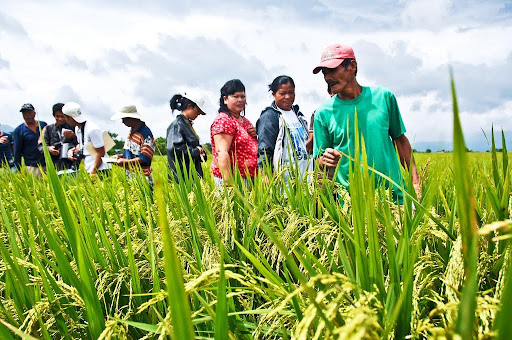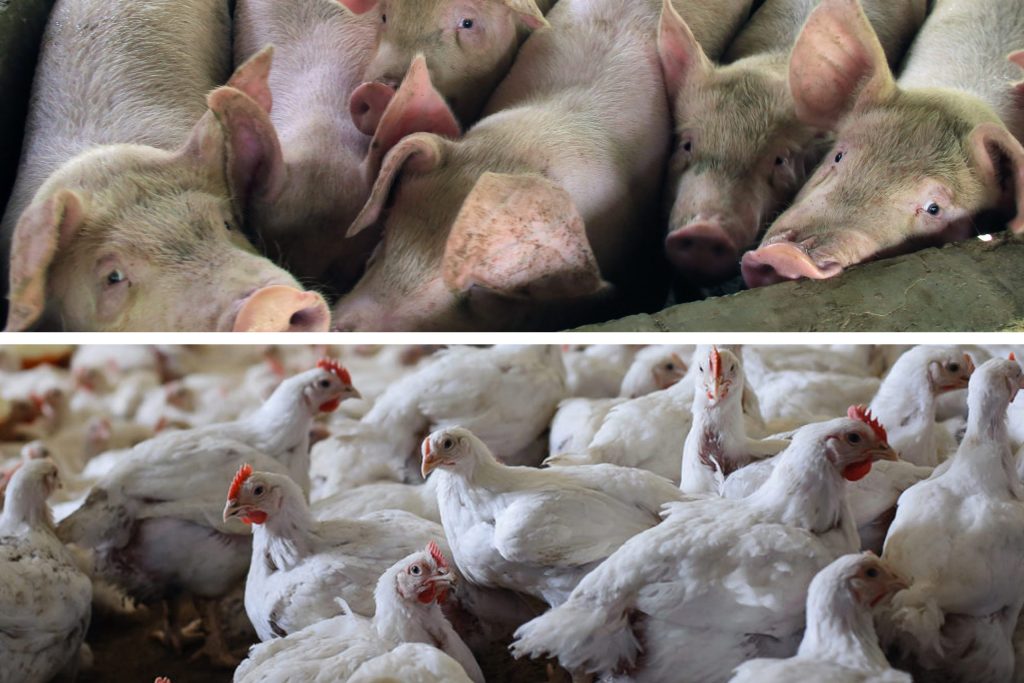Learn about the recent developments in the Philippine rice industry, focusing on production estimates, price fluctuations, government support initiatives, market opportunities, and a collaborative effort to address pest infestations.

Expected Output and Fluctuating Prices
On April 16, 2024, the Philippine Statistics Authority (PSA) released their estimates on the production of palay or unmilled rice, indicating a projected output of 4.82 million metric tons (MT) for the year’s first quarter. This data is based on information collected as of March 1, 2024. If realized, this would present a 0.8% increase from the palay output of 4.78 million MT in the first quarter of 2023. The Department of Agriculture (DA) has projected that palay production this year would exceed 20 million MT. The estimated increase in the supply of palay is expected to bring down the prices of rice in the market. Consequently, despite the impact of El Niño, PSA’s forecast led to the US Department of Agriculture (USDA) revising down their rice import forecast for the Philippines from 4.1 million MT to 3.9 million MT for 2024.
Simultaneously, the PSA reported a slight 0.5% contraction in the wholesale prices of regular milled rice, decreasing from Php 47.69 per kg in February to Php 47.44 per kg in March. In the National Capital Region (NCR), the wholesale price of rice decreased by 7.4% from Php 49.00 per kg to Php 45.38 per kg during the same period. Similarly, wholesale prices of rice in the Davao Region also decreased by 0.1% from Php 50.77 per kg to Php 50.73 per kg.
Meanwhile, the start of the second quarter saw an increase in retail prices of well-milled rice. On April 18, 2024, PSA reported that the national average retail price of well-milled rice in early April increased to Php 57.03 per kg from Php 56.95 per kg in March. The highest retail price was recorded in the Bangsamoro Autonomous Region in Muslim Mindanao (BARMM), averaging Php 54.70 per kg, while Cagayan Valley posted the lowest price of Php 46.69 per kg. According to the DA, retail prices of rice are expected to remain high until midyear due to the impacts of El Niño.
This is an opportunity for rice farmers to capitalize on the increased retail prices, especially those located in regions with higher prices. Additionally, farmers can explore strategies to mitigate the effects of El Niño on their crops, such as implementing drought-resistant farming techniques or diversifying their agricultural products to include high-value crops that are less affected by weather fluctuations. Furthermore, there may be opportunities for farmers to negotiate better prices for their rice and other agricultural products, given the overall upward trend in retail prices.
NFA’s Support
On April 14, 2024, the National Food Authority Council (NFA) approved higher procurement prices for locally produced palay to increase the country’s rice buffer stock and support rice farmers. The approved increase enables NFA to compete with private traders, benefiting farmers by enhancing their potential income. The new prices for dry and clean local palay range from Php 23.00 to Php 30.00 per kg, an increase from the previous Php 19.00 to Php 23.00 per kg. Wet and fresh palay will now be purchased between Php 17.00 to Php 23.00 per kg, an increase from Php 16.00 to Php 19.00.
Meanwhile, inadequate post-harvest facilities have posed significant challenges for the rice industry, particularly regarding rice storage.. To address this and enhance rice procurement, NFA has approved a proposed Php 10 billion modernization plan to develop more post-harvest infrastructures and to improve rice drying capacity to 180,000 MT. Once completed, the plan will allow farmers to reduce post-harvest losses due to the additional storage facilities. The modernization plan signals a commitment to the long-term sustainability of the rice industry, providing farmers with more resilient and reliable systems to support their livelihoods amidst various challenges.
Market Opportunity
On April 16, 2024, farmers were encouraged to sell their produce at the President’s Kadiwa outlets, which offered rice at Php 39.00 per kg alongside affordable fruits and vegetables. The Kadiwa outlets, strategically located in Metro Manila, provide a direct selling platform for farmers, supported by the Presidential Communications Office (PCO). DA invites farmers to participate in Kadiwa outlets across Metro Manila, with more openings planned in Parañaque City. It is an opportunity for farmers to reach consumers directly and boost their income.
FAW Biocontrol Collaboration
On April 18, 2024, the Philippine Rice Research Institute (PhilRice) reported their partnership with the Center for Agriculture and Biosciences International (CABI) to find a biocontrol agent for fall armyworm (FAW) infestations in rice. FAW poses a food security risk, prompting the exploration of sustainable solutions beyond synthetic pesticides. CABI’s expertise will help analyze fungus-infected FAW samples from affected regions. FAW, which initially targeted corn, now affects rice, damaging young seedlings. Through the collaboration, farmers may gain access to more sustainable pest control methods, reducing their reliance on expensive and harmful synthetic pesticides. If successful, the biocontrol agent could help mitigate yield losses caused by FAW infestations, ultimately improving farmers’ productivity and income. Consumers may benefit from more stable rice prices if crop losses due to FAW are reduced.
References: Araja, R.N. (2024, April 14). Solon cites NFA’s increase of buying prices for palay from farmers. The Manila Standard. Retrieved April 15, 2024 from https://manilastandard.net/news/314435877/solon-cites-nfas-increase-of-buying-prices-for-palay-from-farmers.html
Campos, O.V. (2024, April 14). NFA okays P10-b plan to address rice problems. The Manila Standard. Retrieved April 15, 2024 from https://manilastandard.net/news/314435318/nfa-okays-p10-b-plan-to-address-rice-problems.html
Cariño, C.M. (2024, April 18). PhilRice seeks biocontrol vs worms. The Manila Times. Retrieved April 18, 2024 from https://www.manilatimes.net/2024/04/18/business/agribusiness/philrice-seeks-biocontrol-vs-worms/1942021
Halili, A. (2024, April 16). PSA hikes 1st quarter palay output estimate. Business World. Retrieved April 16, 2024 from https://www.bworldonline.com/economy/2024/04/16/588608/psa-hikes-1st-quarter-palay-output-estimate/#google_vignette
Halili, A. (2024, April 18). Well-milled rice prices average P57.03 per kilo in early April. Business World. Retrieved April 18, 2024 from https://www.bworldonline.com/economy/2024/04/18/589218/well-milled-rice-prices-average-p57-03-per-kilo-in-early-april/#google_vignette
Lagare, J.B. (2024, April 14). PH may need not increase rice imports. Philippine Inquirer. Retrieved April 14, 2024 from https://business.inquirer.net/454543/ph-may-need-not-increase-rice-imports
Ordinario, C.U. (2024, April 16). Wholesale rice prices soar 31.2% in March, PSA reports. Business Mirror. Retrieved April 16, 2024 from https://businessmirror.com.ph/2024/04/16/wholesale-rice-prices-soar-31-2-in-march-psa-reports/
Taliping, A. (2024, April 16). P39 per kilong bigas sa Kadiwa ng Pangulo, pinilahan. Abante Tonite. Retrieved April 16, 2024 from https://tonite.abante.com.ph/2024/04/16/p39-per-kilong-bigas-sa-kadiwa-ng-pangulo-pinilahan/


